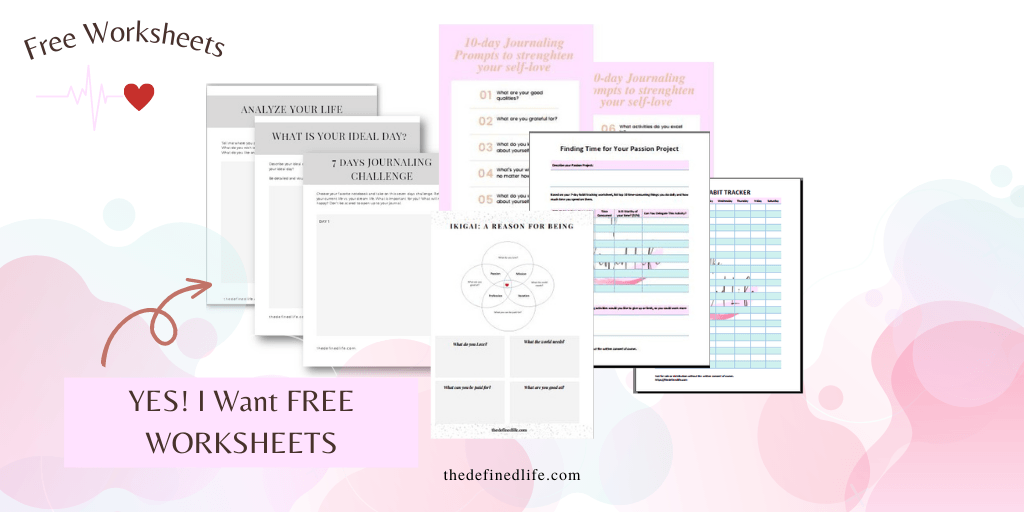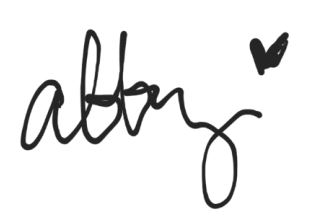
Ever since I was a child, I’ve had strange and fascinating dreams. But most of the time, I forget them as soon as I wake up. That changed when I discovered dream journaling—a fun way to capture those details and gain insight into my subconscious mind and emotional patterns.
This blog post will walk you through some of the best dream journal ideas—from simple entries to deeper reflections, creative expressions, and even dream meaning references.
Table of Contents
What Is a Dream Journal?
A dream journal is a notebook (digital or physical) where you record your dreams upon waking. It’s not just a diary—it’s a personal record of your subconscious mind.
By keeping a dream journal, you can:
- Improve dream recall
- Notice recurring symbols or emotions
- Explore the personal meaning behind your dreams
- Boost creativity and intuition
Over time, your dream journal becomes a collection of clues about your thoughts, fears, and desires—all expressed through the language of dreams.
25 Actionable Dream Journal Ideas
1. Start with the Basics
Begin each entry by writing down what you remember immediately after waking.
Try to include:
- Setting and time of day
- People or animals present
- Actions or conversations
- Any standout colors, sounds, or sensations
Tip: Keep your dream journal and pen right beside your bed. Even jotting a few words like “water, stairs, fear, friend” can help you recall more later.

2. Describe Your Feelings in the Dream
Emotions are often the key to understanding dreams.
Ask yourself:
- How did I feel during the dream?
- Did the feeling change as it went on?
- Did I feel the same way after waking up?
Your emotional state can reveal what your mind is processing beneath the surface. Is it anxiety, excitement, or relief?
3. Focus on Symbols and Imagery
Dreams often communicate through symbols rather than words.
If you notice repeating images (like flying, falling, or running late), write them down in a separate section.
You can explore their meanings using psychology-based dream dictionaries or references—just make sure to use them as guides, not facts.
Examples:
- Water may symbolize emotions or cleansing.
- Flying could mean freedom or a desire to escape limitations.
- Houses often represent your sense of self or life structure.
Reference tip: Mention where you learned the meaning (e.g., “According to dream researcher Robert Moss…”), then reflect on whether it resonates with you personally.
4. Relate the Dream to Real Life
After recording your dream, reflect:
- What in my life might connect to this dream?
- Does it remind me of a recent event or feeling?
- Could it be showing me something I’m ignoring while awake?
This step turns your journal from a record into a self-awareness tool.
Dreams often mirror your emotional state, highlighting what your mind wants you to notice.
5. Use Dream Journal Prompts
If you’re unsure what to write, prompts can spark reflection.
Here are a few to get you started:
- What is the most vivid detail I remember?
- What emotion stood out the most?
- What message might this dream be trying to tell me?
- What symbols appeared repeatedly this week?
- How does this dream connect to my waking life?
Using prompts regularly helps you see patterns you might otherwise overlook.

6. Record Fragments or Feelings
Even if you can’t recall the whole dream, jot down whatever you remember—colors, faces, or emotions.
Sometimes, a fragment carries as much insight as a full dream.
Example:
“I only remember standing in a fog, hearing waves. I felt calm but expectant.”
That short entry could reveal more meaning later when similar dreams appear.
7. Turn Dreams into Art or Poetry
Dreams are full of creative material!
Use your dream journal to draw, paint, or write poetry based on what you saw.
You can use junk journaling in turning your dreams into art.
This creative approach allows your subconscious to speak through symbols instead of logic.
Example prompt:
“If this dream were a poem or painting, what would it express?”
You might uncover emotions or messages that writing alone couldn’t reveal.

8. Create a Symbol Dictionary
Dedicate a few pages of your journal to your personal symbol meanings.
Examples:
- Cats = independence
- Water = emotional clarity
- Mountains = challenges or growth
Each person’s symbolism is unique. Building your own dream dictionary helps you interpret your dreams more intuitively over time.
9. Track Recurring Dreams
Do you ever dream of the same place, person, or event again and again?Recurring dreams often point to unresolved emotions or lessons.
Keep a section of your journal just for these—and note how they evolve.Over months or years, you might notice that as your life changes, so do your dreams.
10. Write a Morning Reflection
After recording the dream, write a short reflection about your mood that day:
- Did the dream leave you calm, anxious, or inspired?
- Did it influence your decisions or mindset?
This builds awareness of how your dreams connect to your daily emotions.
11. Explore Dream Meanings (Responsibly)
Dream interpretation can be fascinating—but it’s best done with care.
Here’s how to approach it mindfully:
- Use reliable, psychology-based sources (like Carl Jung, Robert Moss, or verified dream analysis websites).
- Note possible meanings, but don’t treat them as absolute truth.
- Reflect on how they relate to your feelings and experiences.
Example:
“According to Jung, water symbolizes emotions. I’ve been feeling overwhelmed lately, so that fits perfectly.”
This balance of research and reflection makes your journaling both educational and personal.
12. Add a Dream Tracker or Pattern Log
Create a monthly tracker where you mark:
- How many dreams you recalled
- Common themes (e.g., flying, water, travel)
- Emotional tone (positive, neutral, stressful)
Seeing your dreams visually helps you notice trends you might miss in daily entries.
You could even turn this into a printable tracker or bullet journal spread—a perfect way to make your dream journaling routine both fun and aesthetic.
13. Write a “Dream Summary” Each Week
At the end of each week, reread your entries and write a short summary.
Example:
“This week, my dreams focused on movement and change. I had three travel dreams and felt hopeful.”
This helps you connect patterns and track how your subconscious responds to life events.
14. Add a Section for Lucid Dreams
If you ever realize you’re dreaming while asleep, record it immediately!
Lucid dreams can be powerful tools for self-awareness and creativity.Note how you became aware, what you did next, and how it felt.
15. Keep a “Dream Wish List”
Use your dream journal for dream incubation, where you set intentions for what you’d like to dream about.
Before bed, write:
“Tonight, I’d like to dream of finding peace by the ocean.”
Over time, you may begin to influence your dream themes or receive intuitive insight.

Bonus: Make Your Own Printable Dream Journal
If you love printables or journaling kits, turn these ideas into a custom dream journal template!
Include:
- Date and dream title
- Description section
- Emotions checklist
- Symbol notes
- Morning reflection
- Space for drawings or notes
You could even create themed pages (celestial, vintage, or mystical) to make journaling feel magical and personal.Check out my shop for ready-made inspiring journal pages.

Final Thoughts on Powerful Dream Journal Ideas
Dream journaling isn’t about predicting the future—it’s about understanding yourself on a deeper level.
Your dreams speak in emotions, symbols, and imagery. When you write them down and reflect on them, you begin to notice connections between your inner and outer worlds.
The more you record, the more you’ll learn to recognize your dream language—and perhaps even find guidance, healing, or inspiration hidden in the pages of your notebook.
Check out, movie journaling.
So tonight, place a dream journal beside your bed. When you wake up, write.
Your subconscious has stories to tell.
Love and light,








Leave a Reply